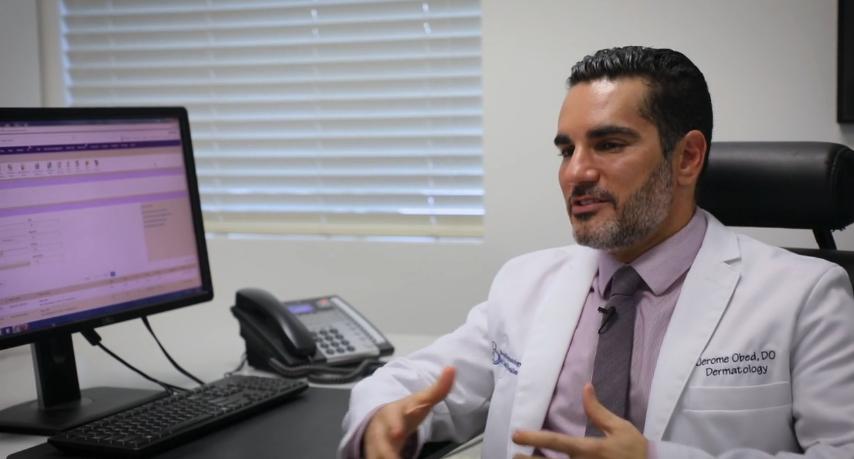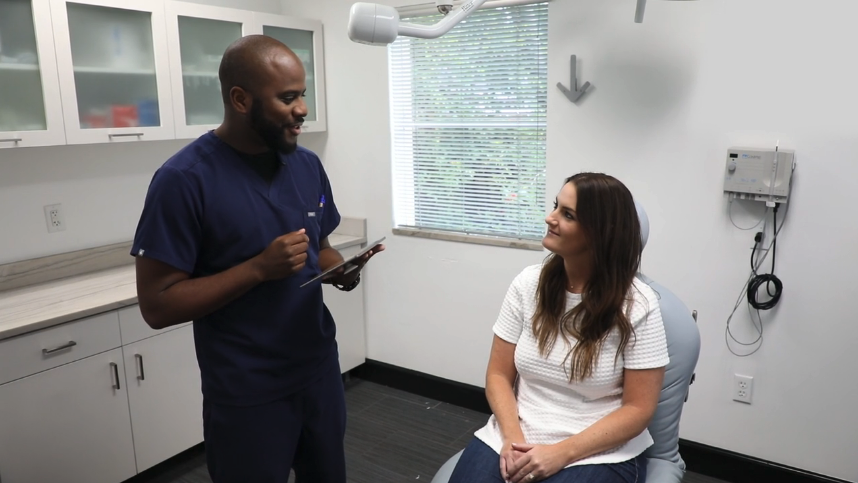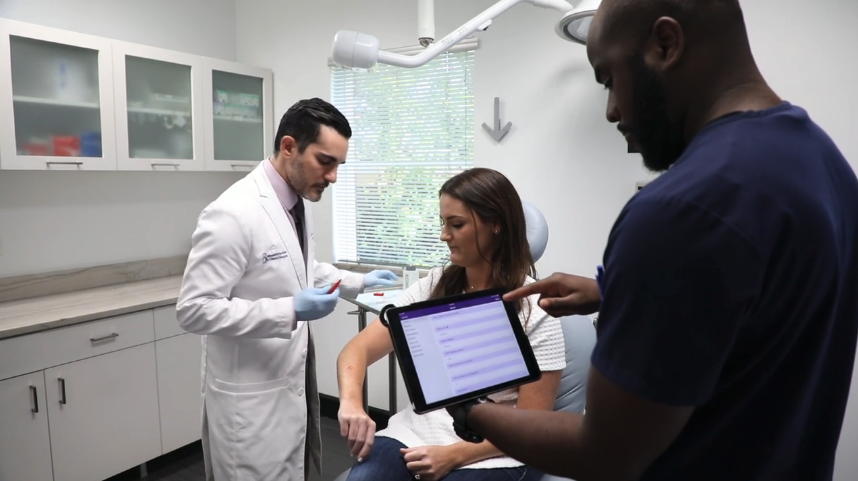Starting a Private Dermatology Practice: 5 Tips That Not Everyone Considers

Here’s how the right approach and a dermatology EMR are part of the equation
So what’s a helpful strategy to get started? Learn from other dermatologists who’ve boldly gone before you and gained valuable insight along the way. Below are some tips I’ve collected from connecting with some of our clients—ideas that could help you see a return on your time and investment sooner.
1. Hire only the staff you need at first.
 “Building a successful dermatology practice population takes time and patience,” says Jerome Obed, DO, a board-certified dermatologist who runs Broward Dermatology and Cosmetic Specialists in Fort Lauderdale, Fla. “You start by building a brand and then by gaining the confidence of your referral sources. Honestly, we were seeing 2 to 4 people a day in the beginning, but now we see [closer to] 40.” There isn’t much sense in hiring more staff until your practice is running at full speed, which takes about five years, Dr. Obed explained.
“Building a successful dermatology practice population takes time and patience,” says Jerome Obed, DO, a board-certified dermatologist who runs Broward Dermatology and Cosmetic Specialists in Fort Lauderdale, Fla. “You start by building a brand and then by gaining the confidence of your referral sources. Honestly, we were seeing 2 to 4 people a day in the beginning, but now we see [closer to] 40.” There isn’t much sense in hiring more staff until your practice is running at full speed, which takes about five years, Dr. Obed explained.
2. Set realistic financial expectations.
 Have at least two years’ worth of money to live on when first opening a private dermatology practice, Dr. Obed recommended, because it often takes that long to turn a profit and take a salary.
Have at least two years’ worth of money to live on when first opening a private dermatology practice, Dr. Obed recommended, because it often takes that long to turn a profit and take a salary.
New dermatology practices also typically need money for advertising. The amount you need depends on the demand for dermatology services in the area. “If you set up shop in a very competitive, urban setting, you’ll typically need to spend more,” Dr. Obed explained. “If you practice in a rural area with few dermatologists nearby, the need for services and word of mouth can likely drive patients to your practice quite readily.”
3. Only set up your exam rooms as you need them.
 Having space to grow is imperative, but take your time and grow slowly as business ramps up. “I only furnished two of our four exam rooms in the beginning,” Dr. Obed explained. During the second year in business, as patient numbers increased, he furnished the other two rooms in his office. By adopting this phased approach, you can help minimize the initial costs of starting a dermatology practice.
Having space to grow is imperative, but take your time and grow slowly as business ramps up. “I only furnished two of our four exam rooms in the beginning,” Dr. Obed explained. During the second year in business, as patient numbers increased, he furnished the other two rooms in his office. By adopting this phased approach, you can help minimize the initial costs of starting a dermatology practice.
4. Lease a laser or other medical devices for your practice.
 Be strategic about the treatment devices you select for your new practice. “You know every dermatologist is going to have a laser,” Dr. Obed said. He suggested the first device be able to provide multiple treatment modalities, particularly the most common, basic skin conditions. “For someone in South Florida, it’s browns, reds and wrinkles, the bread and butter of cosmetic dermatology.”
Be strategic about the treatment devices you select for your new practice. “You know every dermatologist is going to have a laser,” Dr. Obed said. He suggested the first device be able to provide multiple treatment modalities, particularly the most common, basic skin conditions. “For someone in South Florida, it’s browns, reds and wrinkles, the bread and butter of cosmetic dermatology.”
Again, without a full influx of patients at first, it might be wise to hold off on buying any expensive lasers or devices, Dr. Obed advises. “Do you need to buy that device day one? Absolutely not. You first need to understand the needs and wants of your patient population. Only a small percentage of your patients will likely have cosmetic concerns at first, and when your business in these areas is slow this would not equate into meaningful use of such expensive devices.”
5. Choose the best dermatology software for your practice.
As a provider, odds are that you’ll actually be spending more time with your dermatology software than you do with your family. So you need to ensure that you’ve made the best dermatology software choice for your needs.
When you’re ready to start the selection process, it’s important to consider all aspects of your practice, from the patient experience and front office to your staff and desired workflow. You, your staff and even your patients are going to be spending quite a bit of time interacting with it. The easier it is and the more intuitive it is to use, the better the experience will be for everyone. And better experiences can lead to better results.
Making the wrong decision on this front can have a negative impact on your practice financials and your quality of life. So take the time to research your dermatology software options. Schedule demos, ask for references, research heavily. Do you like mobility? Do you value a dermatology-specific workflow? Ask these questions of yourself before making your decision. They can make the difference.
Dr. Obed’s Dermatology EMR System of Choice
When Dr. Obed was opening his practice, he opted for Modernizing Medicine’s EMA™ dermatology EMR system. EMA is a cloud- and iPad-based EMR system that’s ranked #1 in dermatology for five years in Black Book Research™ studies. It provides automated ICD-10 code suggestions, adaptive workflows, a MIPS scorecard and other timesaving features that help Dr. Obed focus on practicing rather than charting.
To help create a seamless experience for both staff and patients, Dr. Obed also implemented Modernizing Medicine’s dermatology Practice Management (PM) system. Integrated with EMA, it helps give visibility into billing, operations and product sales while eliminating expensive system bridges.
From a dermatology EMR to medical billing and more, Modernizing Medicine has the people, processes and technology to help dermatologists like you who are just starting out.





